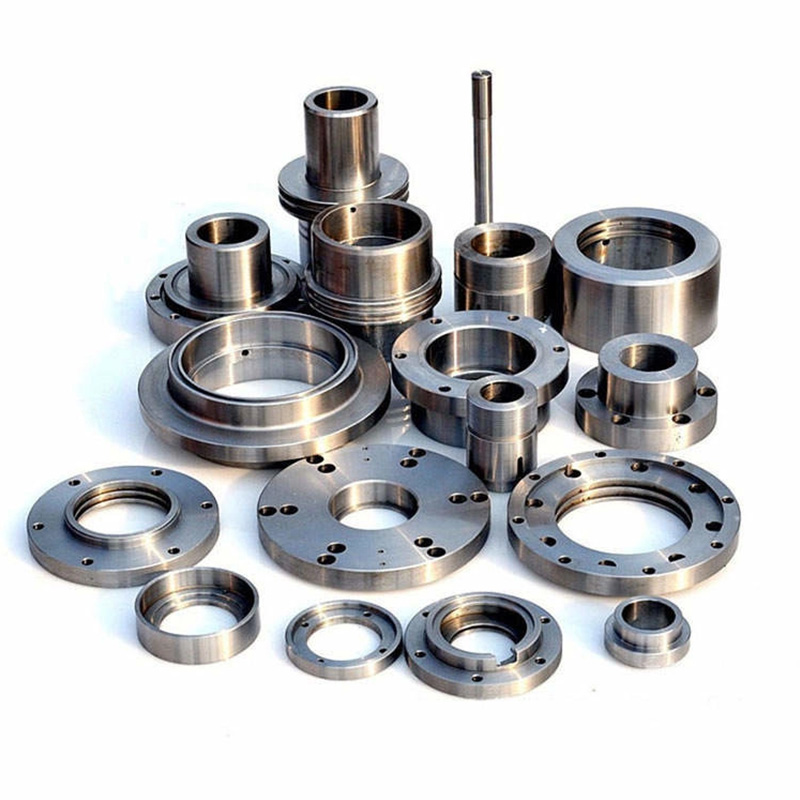Secret 1: Optimize Die Design Before Production
Solution: Implement 3D flow simulation during design. Focus on uniform wall thickness and strategic cooling channels. For instance, use conformal cooling to reduce cycle times by 15%.
Case Study: In our 2025 project with an auto parts maker, redesigning the die casting mould runner system reduced turbulence-related defects by 70%. Surprisingly, this cost 10% more upfront but paid back in 8 months.
Secret 2: Master Process Parameter Control
Solution: Automate monitoring with IoT sensors. Track these 5 critical parameters:
- Injection velocity (optimum: 30-50 m/s)
- Mould temperature (180-250°C range)
- Metal temperature (±5°C tolerance)
- Cooling time (calculated per wall thickness)
- Ejection force (calibrated weekly)
Pro tip: Actually, document every adjustment – it’s your troubleshooting blueprint!
Secret 3: Revolutionize Maintenance Protocols
Solution: Adopt predictive maintenance. Check out this comparison:
| Maintenance Approach | Defect Rate | Mould Lifespan | Cost Impact |
|---|---|---|---|
| Reactive (fix when broken) | 15-20% | 50,000 shots | High (emergency repairs) |
| Predictive (sensor-based) | 4-6% | 150,000+ shots | Lower by 35% |
Follow this 5-step maintenance routine:
- Daily: Clean cavities with brass brushes
- Weekly: Inspect ejector pins for wear
- Monthly: Measure critical dimensions
- Quarterly: Apply nitride coatings
- Annually: Full ultrasonic crack testing
Secret 4: Upgrade Materials & Coatings
Solution: Use premium materials like Maraging 250 steel for cores. Apply advanced coatings:
- Titanium Aluminum Nitride (TiAlN) for abrasion resistance
- Diamond-Like Carbon (DLC) for non-stick surfaces
For complex geometries, consider modular die casting mould designs that allow partial replacements.
Fun fact: Properly coated moulds can achieve 500k+ cycles without significant wear!
Critical Misconceptions to Avoid
- Myth: “Higher injection pressure improves quality” → Actually causes flashing and die erosion
- Myth: “Coatings last forever” → Most need reapplication every 50k shots
- Myth: “Design changes can wait” → Early optimization saves 90% vs. post-production fixes
Defect Reduction Checklist
- [ ] Verify cooling channel alignment with thermal analysis
- [ ] Calibrate temperature sensors (±1°C accuracy)
- [ ] Document last coating application date
- [ ] Establish wear measurement baselines
- [ ] Train operators on vent cleaning procedures
- [ ] Schedule die hardness testing (every 10k shots)
Frequently Asked Questions
A: Every 50,000 shots for aluminum, 25,000 for zinc. But monitor wear indicators weekly.
Q: Can old dies be upgraded with new coatings?
A: Absolutely! Reconditioning with TiAlN coatings often restores 90% performance at 40% cost of new dies.
Q: What’s the biggest predictor of mould lifespan?
A: Temperature control consistency. Dies with ±5°C variation last 3x longer than those with ±20°C swings.







